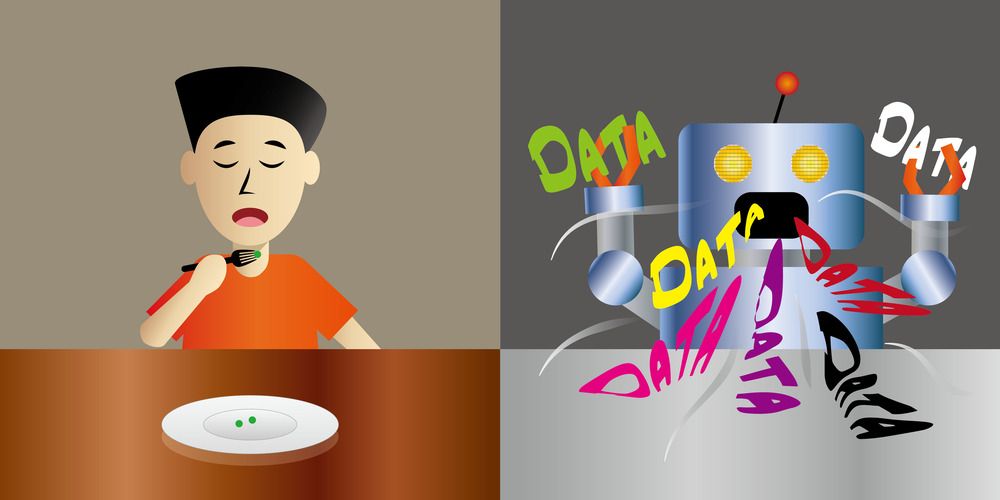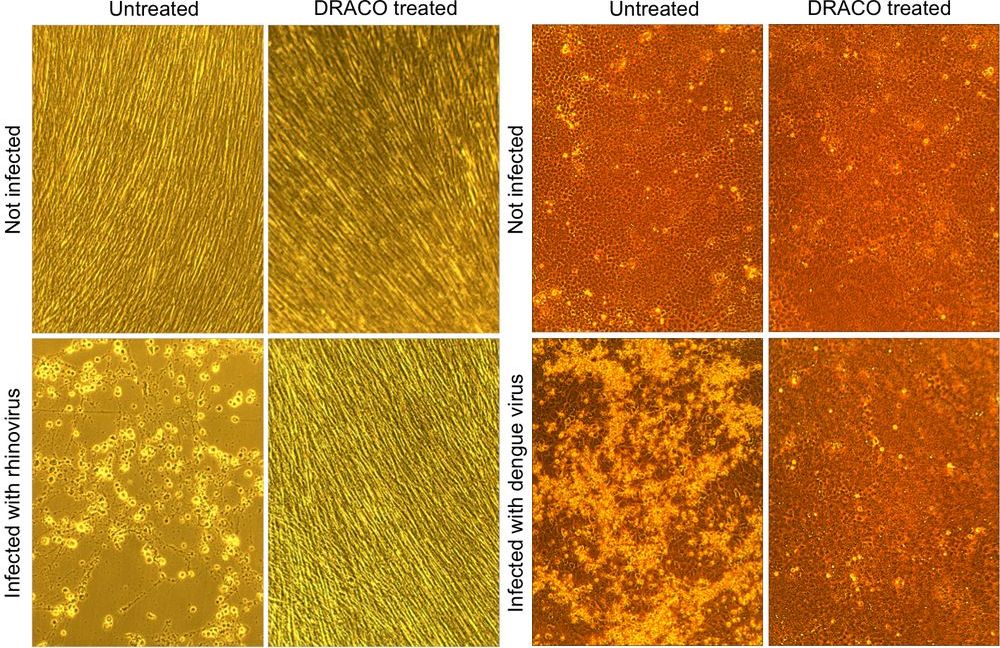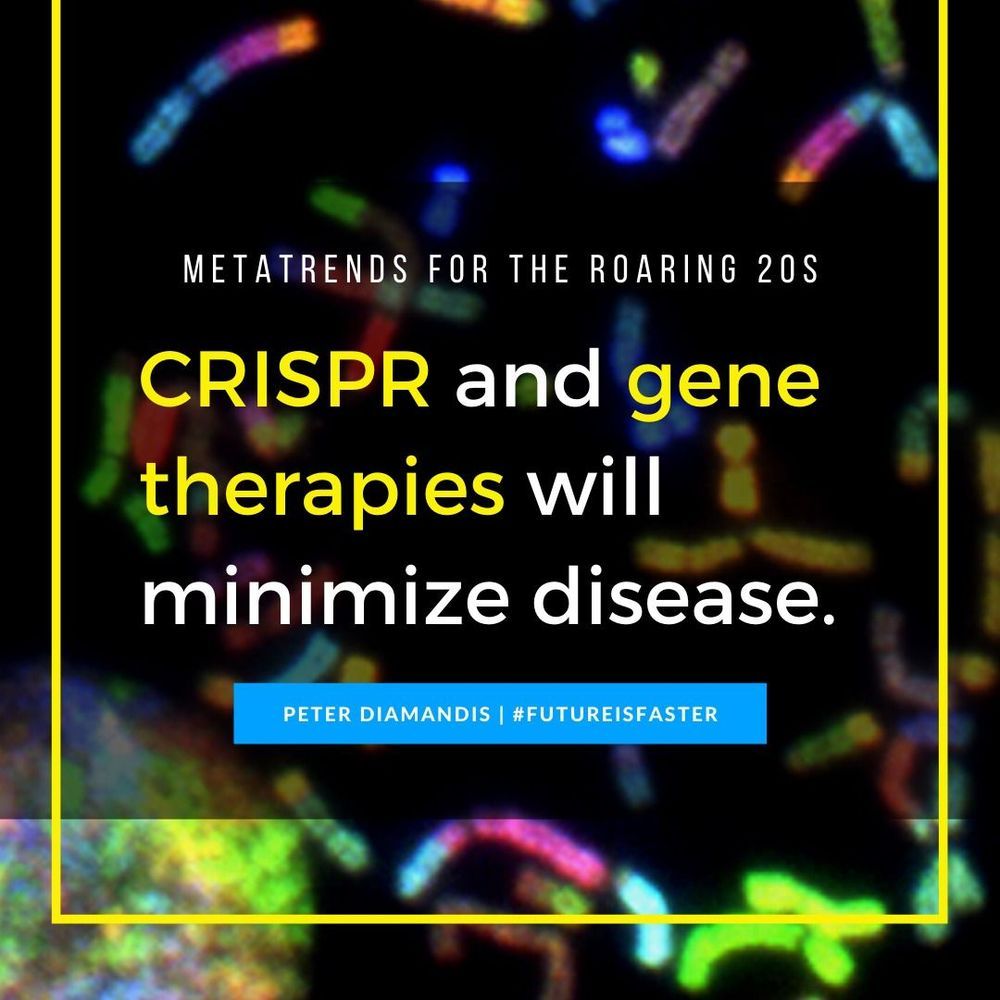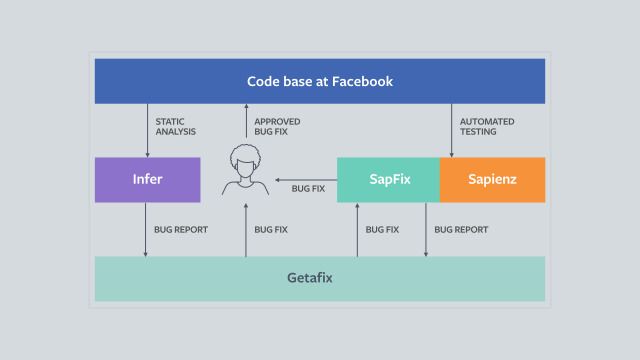Brings children and people closer to technology : learn the logical connection between code and action, and by assembling it they understand how its components, and electronics work.
Buy a Otto DIY Kit robot you will be able to build your own custom robot in as little as one hour with your kids!
Otto DIY is more than a robot: you will learn how robots works, you will build and code your own Otto and his personality!The robot is completely open source, Arduino compatible, 3D printable, and with a social impact mission to create an inclusive environment for all kids.
Otto DIY brings children and people closer to technology : learn the logical connection between code and action, and by assembling it they understand how its components, and electronics work.










